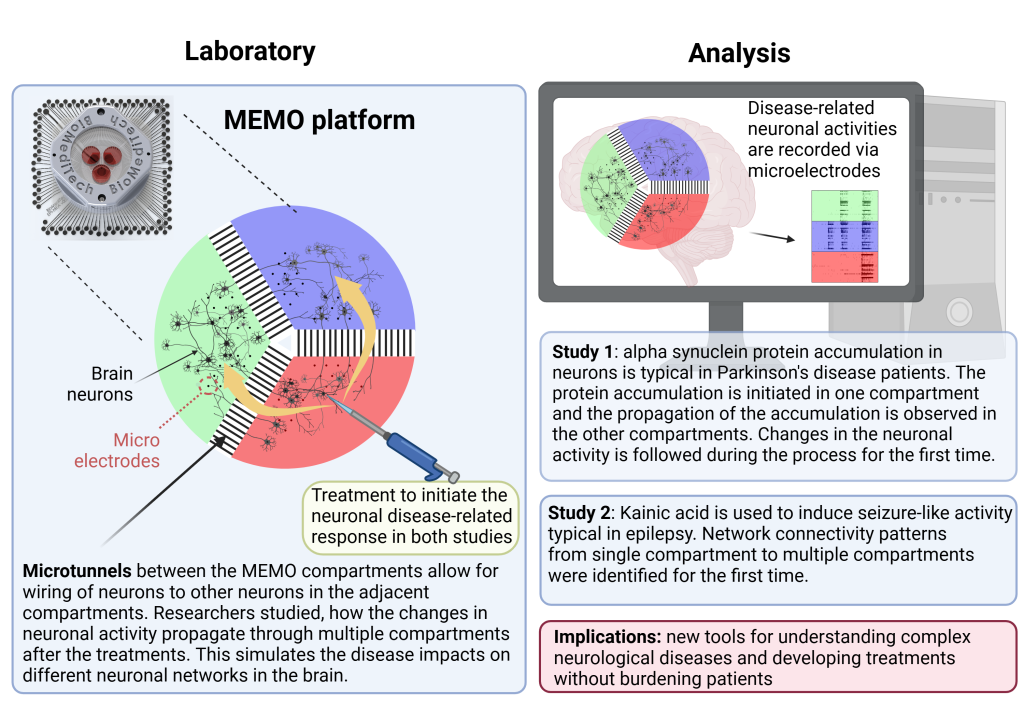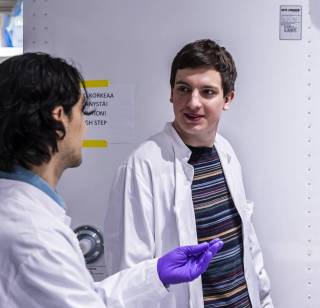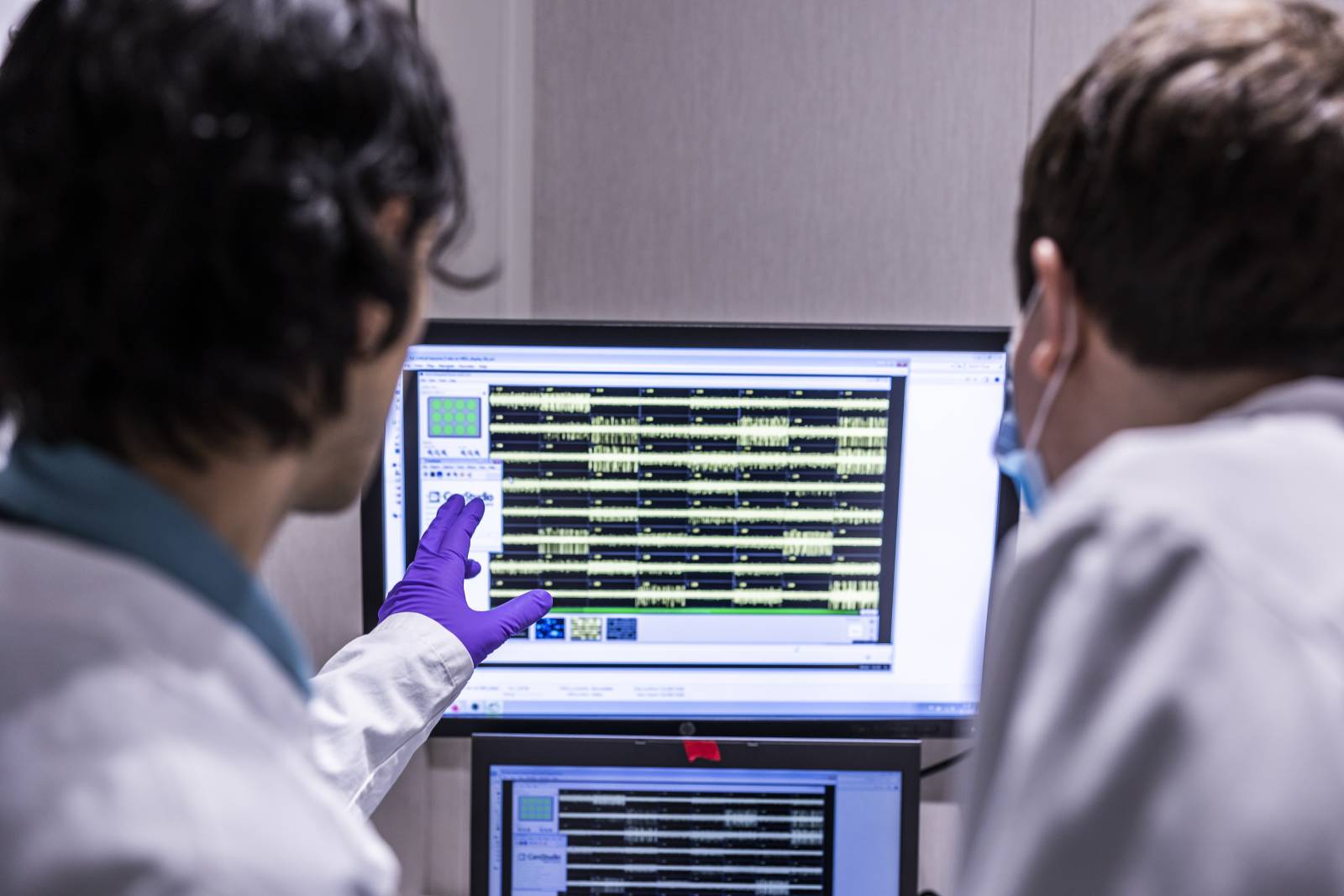Researchers from CoEBoC NeuroGroup have recently published two studies in the field of neurodegenerative disease modeling and neuronal data analysis.
An organ-on-chip platform, named MEMO, used in both studies mimics interconnected regions of the brain. It consists of three compartments that in the study contained human cortical (brain) neurons developed using human stem cell technologies. By studying the neuronal communication between the compartments, different neuronal activity patterns in this neuronal circuitry model could be identified.
Postdoctoral research fellow Emre Kapucu and colleagues demonstrated the capability of MEMO platform for studying Parkinson’s disease progression. The work was published in npj Parkinson’s Disease.
Simultaneously, the work of doctoral researcher Andrey Vinogradov together with Kapucu and Adj. Prof. Susanna Narkilahti introduced an advanced analysis tool for the platform, identifying novel neuronal activity patterns. The work was published in eNeuro.
Together, outcomes of these works provide new tools for understanding complex neurological diseases and developing therapeutic strategies.

A Novel Microphysiological Model for Parkinson’s Disease
The first study, led by Dr Kapucu, marks a major advance on the current microphysiological studies in Parkinson’s disease. For the first time, a timeline of neuronal activity responses to Parkinson’s disease pathological progress at different locations in a neuronal network is analyzed.
“Our approach is built on-time-and space-related screening of a progressive neurodegenerative disease in vitro. This platform would enable the mimicking of different phases of disease progression and the monitoring of the immediate effects of candidate drugs.” explains Kapucu.

Over a 13-day period, the team observed and presented key chronological changes in synaptic protein levels, neuronal activity, calcium signaling, and mitochondrial dynamics.
“MEMO platform is not only a powerful tool for basic research but also holds promise to serve as a platform for the development of targeted therapeutic strategies, allowing intervention at different phases of the disease for prevention or treatment”.
Enhancing Microphysiological Models with Advanced Analysis Tool
In a complementary effort, Vinogradov and colleagues developed advanced tools to assess synchronization and functional connectivity for the MEMO model.
The study focused on kainic acid-induced impacts in a local neuronal network and its spread across interconnected neuronal compartments of MEMO platform. Kainic acid is used to induce seizure-like activity in neuronal cell culture models (in vitro) and in animal models (in vivo).

The work revealed unique multi-level synchronous activity patterns across the compartments for the first time. The localized kainic acid treatment induced complex alterations in these observed patterns and demonstrated the spread of the alterations between the compartments.
“These new analysis tools allow assessment of synchronous activity in three-compartment neuronal networks, meaning that we can study neuronal function in circuitry level. For instance, in the context of epilepsy modelling, we analyzed how locally induced abnormal activity affects the whole network in three compartments.” Vinogradov explains.
These advances are expected to contribute to the development of more accurate in vitro disease models and discovering more effective treatments.

